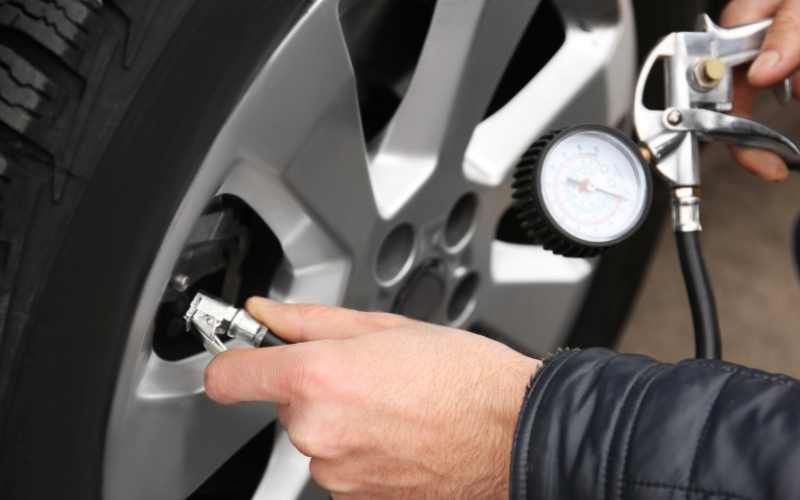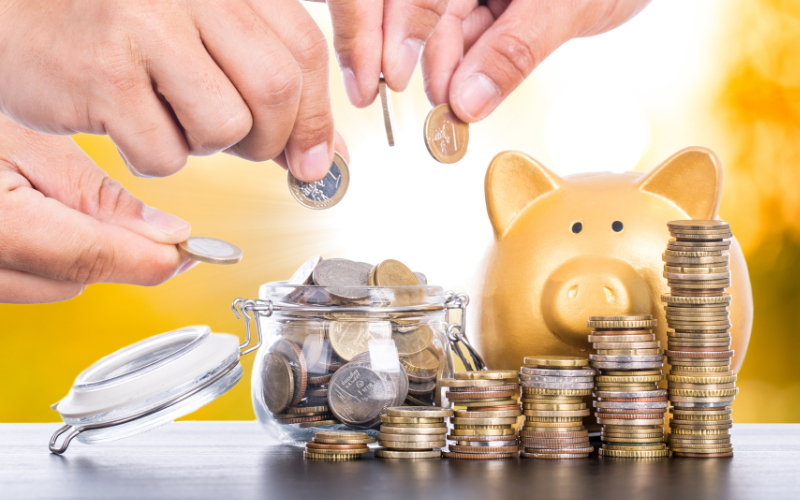Introduction
Saving fuel while driving is more important than ever, not only for reducing your environmental impact but also for saving money on gas. Whether you’re driving a fuel-efficient vehicle or not, small changes in driving habits can make a big difference. By following a few simple tips, you can improve your vehicle’s fuel efficiency, reduce your carbon footprint, and extend the lifespan of your car. This article will walk you through practical ways to save fuel while driving, helping you make smart choices on the road.
Let’s explore how you can maximize your fuel efficiency with a few simple but effective strategies!
Understand Your Vehicle’s Fuel Efficiency for Saving Fuel While Driving
One of the first steps in saving fuel while driving is understanding how your vehicle performs. Every vehicle has a unique fuel efficiency rating, often known as miles per gallon (MPG). This number can vary depending on driving conditions, maintenance, and how you drive.
Start by checking your vehicle’s manual or the manufacturer’s website to find out its estimated fuel efficiency. Knowing the baseline for your vehicle will help you track improvements and understand what habits are affecting your fuel consumption. Additionally, modern cars often have built-in fuel efficiency monitors that can give you real-time data on your driving performance.
Drive Smoothly to Save Fuel While Driving
One of the easiest ways to save fuel while driving is by adopting a smooth driving style. Sudden accelerations, rapid braking, and aggressive driving habits waste fuel by increasing engine load and reducing efficiency. Try to drive at a consistent speed, anticipate traffic flow, and use gentle acceleration and braking whenever possible.

Driving smoothly helps improve fuel efficiency, making it easier to save fuel while driving.
By driving smoothly, you can avoid unnecessary fuel consumption and improve your vehicle’s fuel efficiency. In fact, smooth driving habits can increase fuel efficiency by up to 30% in some cases.
Reduce Excess Weight for Saving Fuel While Driving
Carrying unnecessary weight in your vehicle can significantly impact fuel efficiency. For every extra 100 pounds you carry, you reduce your fuel efficiency by approximately 1%. Remove any items from your car that you don’t need, such as heavy tools, sports equipment, or large bags.
Additionally, if you have roof racks or carriers, remove them when not in use. Roof racks create extra drag and can reduce your fuel efficiency by up to 5%, especially at highway speeds.
Use Air Conditioning Wisely for Saving Fuel While Driving
While air conditioning can be a lifesaver during hot weather, it also uses up a considerable amount of fuel. If you’re driving at low speeds (under 40 mph), it’s best to open the windows to stay cool, as this uses less energy. However, at higher speeds, open windows can create drag and reduce your fuel efficiency, so using air conditioning may be more efficient at these speeds.
To save fuel while still staying comfortable, only use air conditioning when necessary and set it to a moderate temperature to avoid overworking your engine.
Check Tire Pressure Regularly for Saving Fuel While Driving
Maintaining the proper tire pressure is crucial for both safety and fuel efficiency. Under-inflated tires create more rolling resistance, which means the engine has to work harder to move the car. This leads to increased fuel consumption.

Maintaining proper tire pressure is essential for saving fuel while driving and improving fuel efficiency
Check your tire pressure regularly, especially before long trips. Your car’s manual or the sticker on the driver’s side door frame will tell you the recommended tire pressure. Keeping your tires inflated to the proper level can increase fuel efficiency by up to 3%.
External Resource: For more tips on tire maintenance, you can visit Comparison of Popular Car Models: Choosing the Right Fit for Your Needs
Avoid Excessive Idling to Save Fuel While Driving
Idling your vehicle consumes fuel while not moving. If you find yourself stuck in traffic or waiting for long periods, turn off your engine instead of leaving it idling. Many modern cars are equipped with an auto-stop function that shuts off the engine when stopped, but if your car doesn’t have this feature, turning off the engine manually is a simple solution.
Turning off your engine can save fuel and reduce emissions, especially during long stops.
Plan Your Trips to Save Fuel While Driving
Planning your trips ahead of time can help you save fuel by minimizing unnecessary driving. Combine errands, avoid peak traffic hours, and use GPS to find the most efficient routes. This will help you avoid backtracking and reduce the time spent on the road.

Planning your trips wisely ensures you drive efficiently, helping save fuel while driving
If possible, choose routes with fewer stops and smoother traffic flows to help maintain a constant speed and reduce fuel consumption.
Use Cruise Control on Highways to Save Fuel While Driving
When driving on highways or long stretches of road, use cruise control to maintain a steady speed. This helps prevent unnecessary fluctuations in speed and reduces the amount of fuel the engine needs to keep the car moving.
Cruise control is especially useful for highway driving where traffic is relatively consistent, as it reduces the tendency to speed up and slow down, which in turn saves fuel.
Maintain Your Vehicle for Saving Fuel While Driving
A well-maintained vehicle is more fuel-efficient than one that’s neglected. Regular maintenance, such as oil changes, air filter replacements, and spark plug checks, ensures that your engine runs smoothly and efficiently.
Additionally, getting regular tune-ups and following the manufacturer’s maintenance schedule can help avoid costly repairs and improve fuel efficiency. A dirty air filter, for example, can reduce your fuel efficiency by up to 10%, while old spark plugs can decrease it by 2%.
Consider Alternative Driving Routes for Saving Fuel While Driving
Sometimes, taking a longer but less congested route can be more fuel-efficient than driving through heavy traffic. Stop-and-go traffic consumes more fuel due to frequent acceleration and braking. On the other hand, driving at a steady pace on a less trafficked route may help you save more fuel in the long run.
Use navigation apps like Google Maps or Waze to find alternative routes that avoid traffic jams and help you save fuel.
Conclusion
Saving fuel while driving doesn’t have to be complicated. By following these simple tips, such as driving smoothly, maintaining your vehicle, and planning your trips efficiently, you can maximize your fuel efficiency, reduce your carbon footprint, and save money at the pump.
Remember that every small change counts. Whether you’re driving for short errands or long-distance trips, being mindful of how you drive can make a big difference in fuel consumption. Start implementing these tips today and watch your fuel savings grow!
External Resources:




